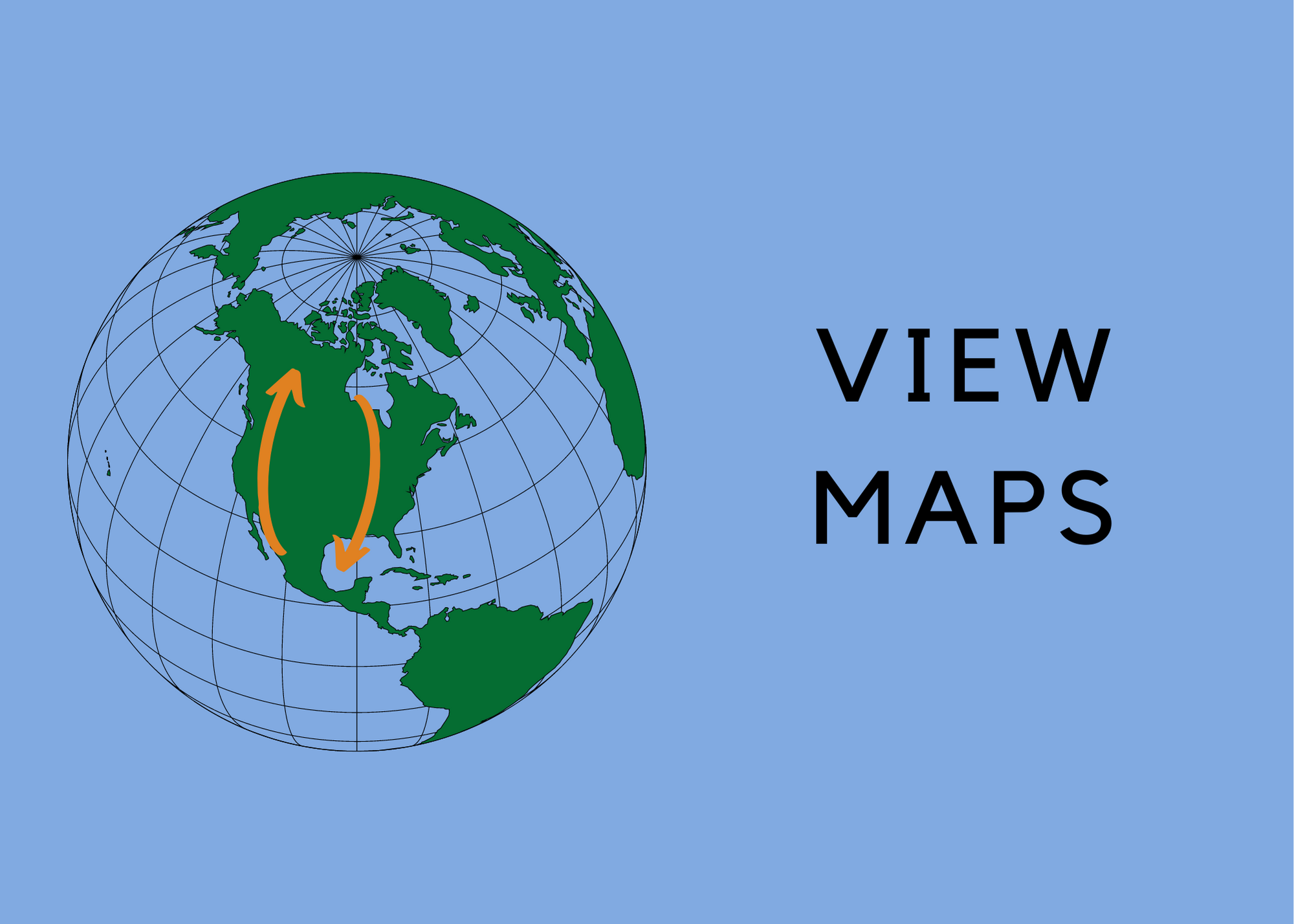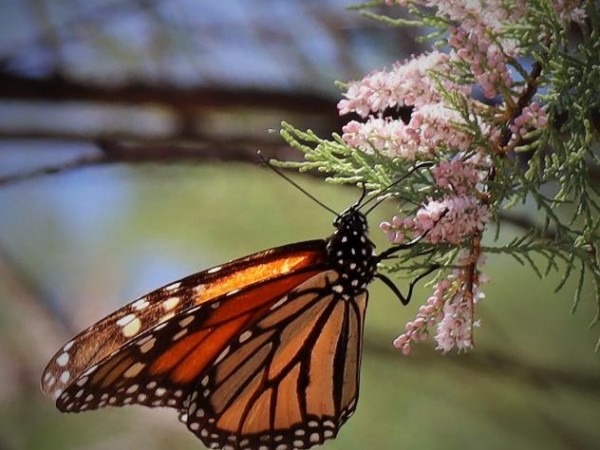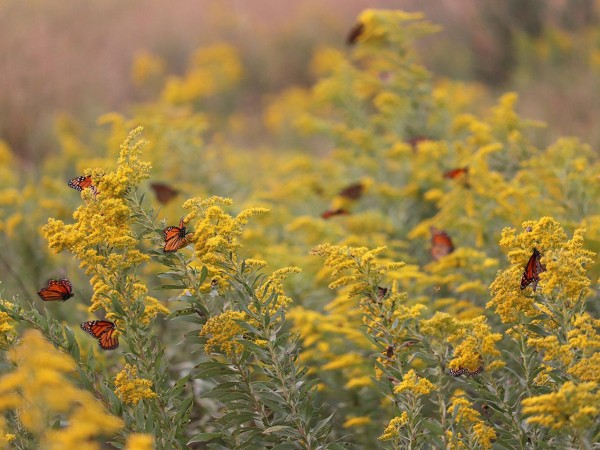Endings and Beginnings
Eastern Monarch Population
Moving on from Mexico
In our last monarch update a few weeks ago, Estela Romero reported that a portion of the Río Grande monarch colony near El Rosario Sanctuary in Mexico had yet to depart. Since then, those last remaining monarchs have finally started their journey north. Estela writes, "The remaining part of the colony settling in the Río Grande location have finally left today, April 6. Locals saw them leaving during the day taking perhaps different routes, since none saw a cloud of monarchs leaving suddenly. By 4 o'clock, only a few individuals were at the spot. May this last group of female monarchs be able to overcome the adverse climate conditions they will face along their journey and surprise us at being able to reach their breeding areas on time."
Eastern Monarch Spring 2022 Report #4
At this time of the migration season, Journey North volunteers are observing multiple generations of monarchs. In the Midwest and Great Plains, the leading edge of migration is hovering around latitude 36-38°N. Farther east in the mid-Atlantic region, monarchs are moving slightly quicker as the leading edge is around 39-40°N. Migration can be a stop-and-go journey with wind and weather in control. Milkweed emergence is still behind last year's pace. This can likely be attributed to the winter-like start to spring gripping much of North America. At this same time last year, milkweed was as far north as latitude 46°N. So far this year, the northernmost report is from latitude 41°N.
Read more of the Eastern Monarch Spring 2022 Report #4»
Western Monarch Population
Letter from Gail Morris: Western Monarch Spring 2022 Report #4
In the Western U.S., monarchs are expanding their range as they make progress both east and north. Gail Morris writes, "April’s sightings are now tracking monarch movement both east and north, as their range expands through both California and Arizona. With sightings now on the western side of the Sierra Nevada mountain range, how soon will they appear in Nevada? . . . We celebrate Earth Day this week with many activities scheduled across the region. This is the perfect time to remain vigilant as monarchs quietly sail into your region . . . If you are lucky enough to see monarchs, be sure to report them to Journey North—whether they are adults or eggs or larvae."
Read more of Gail Morris' Letter: Western Monarch Spring 2022 Report #4»
Keep Reporting and Include Photos!
Migration will continue to pick up over the coming weeks. Report your monarch and milkweed observations to Journey North. If possible, please include photos (one photo per report). Photos help verify reports and we enjoy sharing them with our Journey North community!








